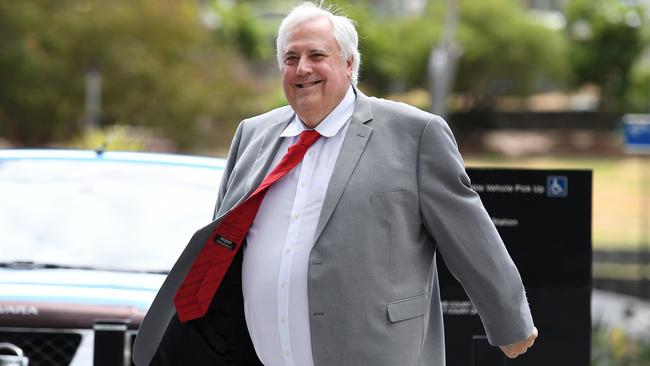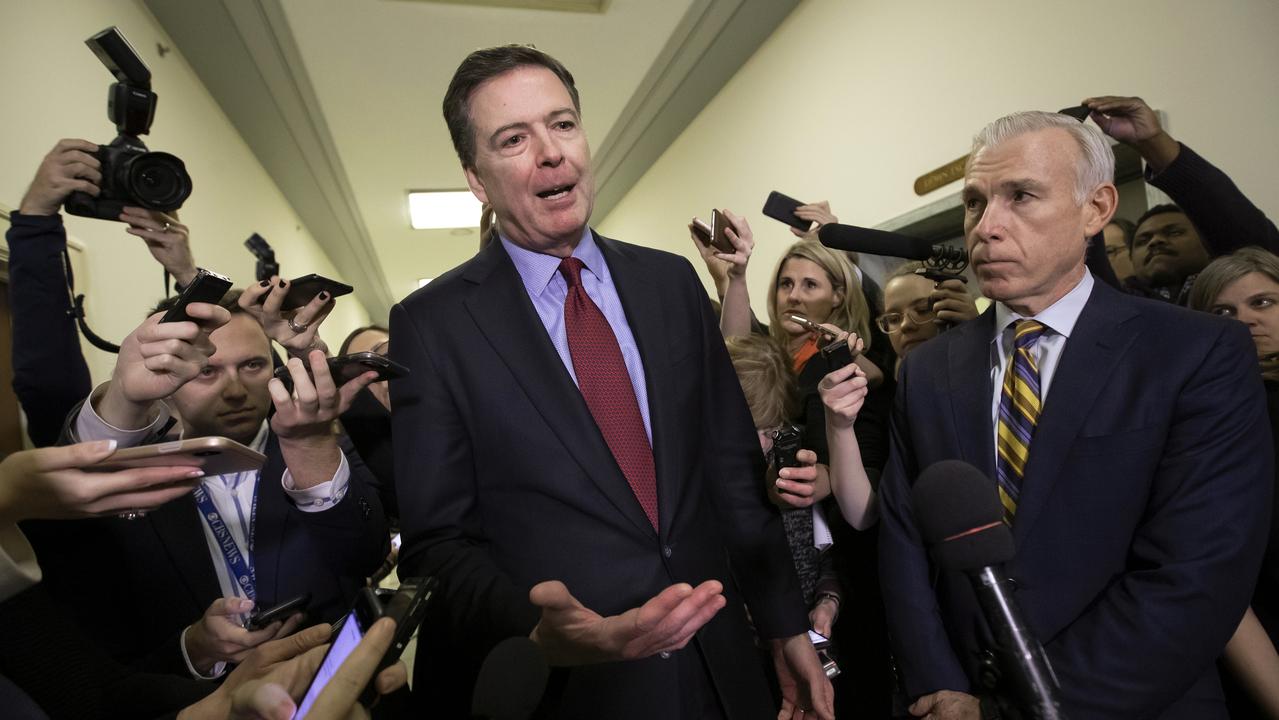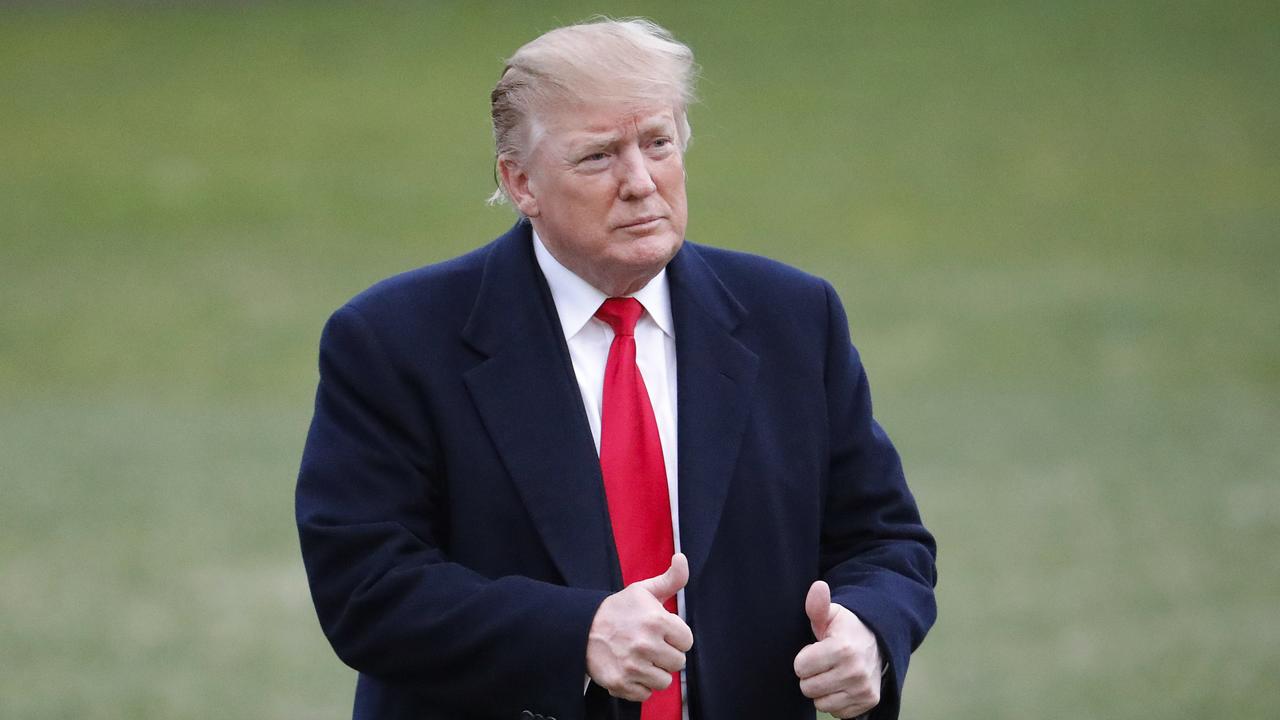Palmer unlikely to upend our stable two-party tradition
The AEC made a big mistake allowing Clive Palmer to establish his own UAP and present himself as a political heir.

There is frequent reference to Australia as a nation of political instability — reflecting the fact that there have been five prime ministers (Kevin Rudd, Julia Gillard, Tony Abbott, Malcolm Turnbull, Scott Morrison) in just over a decade. And yet Australians change governments rarely.
This is unlikely to alter in the short to medium term — despite the urgings of Clive Palmer in his current advertising campaign, which he hopes will lead to him becoming prime minister.
Since the end of World War II, Australians have elected to change governments on only seven occasions. Namely 1949 (Coalition victory), 1972 (Labor victory), 1975 (Coalition victory), 1983 (Labor victory), 1996 (Coalition victory), 2007 (Labor victory) and 2013 (Coalition victory). The opposition leaders who led their party to success were Robert Menzies, Gough Whitlam, Malcolm Fraser, Bob Hawke, John Howard, Rudd and Abbott respectively.
It is true that in November 1975 the Whitlam government was dismissed by governor-general Sir John Kerr and that Fraser was a caretaker prime minister at the time of the December 1975 election. But it is also true that the Coalition was destined to defeat the failing Whitlam government whenever the next poll was held.
Seven changes of government in seven decades is a sign of stability. This is facilitated by two relatively unique aspects of the Australian political system. The combination of compulsory voting and preferential voting tends to favour large parties over small ones. At the moment only six members of the House of Representatives have won their seats for minor parties or as independents. To wit, Adam Bandt (Greens), Bob Katter (Katter’s Australia Party) and Rebekha Sharkie (who won for the Nick Xenophon Team, now Centre Alliance). Plus independents Cathy McGowan, Kerryn Phelps and Andrew Wilkie.
The close finishes in 2010 and 2016 made it possible for minor parties and independents to exercise more influence than usual. Yet it is not clear whether this trend will continue beyond the election likely to be held in May.
The Liberal Party and the Labor Party have been successful for decades. So have the Nationals (formerly Country Party) in joining the Liberals to form Coalition governments. The increase in votes for independents and minor parties in recent years has not led to the death of the two-party system, which has prevailed in Australia since Alfred Deakin’s government of 1909. During this time, Australia has been governed either by Labor or the main non-Labor party — in its various guises. That’s stable government.
Whatever the current discontents, Australians have expressed broad satisfaction with politics since Federation in 1901. Whatever their political preference, Australians are entitled to look back on over a century of successful democratic national government with a sense of pride — irrespective of whether they voted for one of the two major parties.
Since success grows out of history, it’s important that the latter not be distorted. And that’s precisely what’s happening now with Clive Palmer’s attempt to maintain that his United Australia Party, formed a few years ago, is the direct descendant of the UAP government that held office for nearly all the 1930s and into the early 40s.
In October 1929, Stanley Melbourne Bruce’s Nationalist-Country coalition lost to Labor (led by James Scullin) at the polls. The Nationals effectively disintegrated and were re-formed in 1931 as the UAP under the leadership of Joseph Lyons, who had split with Labor over its economic policies during the Depression.
Lyons led the UAP to electoral victories in 1931, 1934 and 1937 before dying in office in April 1939. He was succeeded as prime minister by Robert Menzies, who narrowly won the 1940 election but stepped down in 1941, having lost the support of a majority of his partyroom. Menzies was succeeded by Country Party leader Arthur Fadden who led a Country Party-UAP coalition until his government was defeated on the floor of parliament in October 1941 and John Curtin’s Labor Party came to office.
The UAP collapsed after its defeat in the 1943 election under the leadership of Billy Hughes (who had been prime minister between 1915 and 1923). And a year later Menzies, with the help of others, created the Liberal Party. In its time, the UAP provided good government. Under Lyons’s leadership, Australia recovered well from the Depression — better than the US under Franklin Roosevelt’s presidency, which suffered a second depression in 1938.
Also, the UAP government set about rearming Australia in the lead-up to what became World War II.
Certainly Lyons and Menzies could have done more in this area. But it’s important to remember that the Labor opposition, under Curtin’s leadership, objected to increases in defence spending at the time.
In other words, the UAP had a short but successful life. As such, it is entitled to rest in peace. If only Palmer would let it.
Palmer’s new party is a derived entity. It has stolen its name from the party led by Lyons, Menzies and Hughes. And Palmer has stolen the slogan “Make Australia Great” from Donald Trump’s 2016 rallying cry “Make America Great Again”. Palmer’s website claims that his party’s history, “our history”, is linked to “United Australia Party prime ministers” Lyons, Menzies and Hughes.
The Australian Electoral Commission made a bad decision in allowing Palmer to establish his own UAP. This has made it possible for him to falsely present as a political heir of Lyons and Menzies. In a letter in The Canberra Times on February 8, Menzies’ daughter Heather Henderson (no relation) wrote that she was “horrified” her “father’s name has been used so dishonestly”. Descendants of Joseph and Enid Lyons (the first woman member of the House of Representatives) have expressed similar sentiments.
The real UAP played an important role in maintaining political stability. Palmer does not resemble the likes of Lyons and Menzies in any respect. For him to claim otherwise is misleading.
Gerard Henderson is executive director of the Sydney Institute. His Media Watch Dog blog can be found at theaustralian.com.au.




To join the conversation, please log in. Don't have an account? Register
Join the conversation, you are commenting as Logout